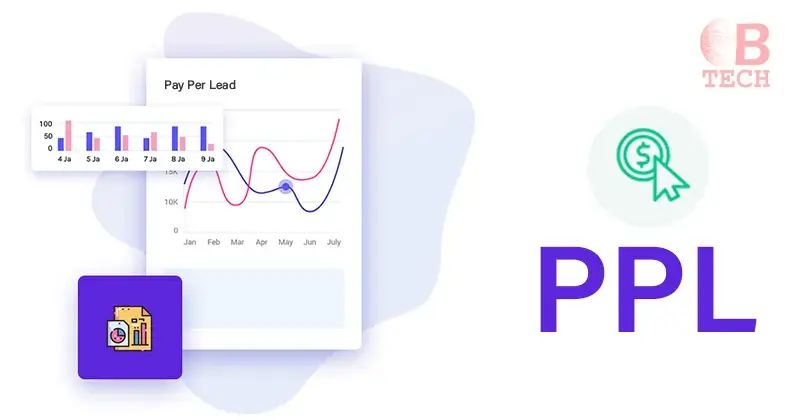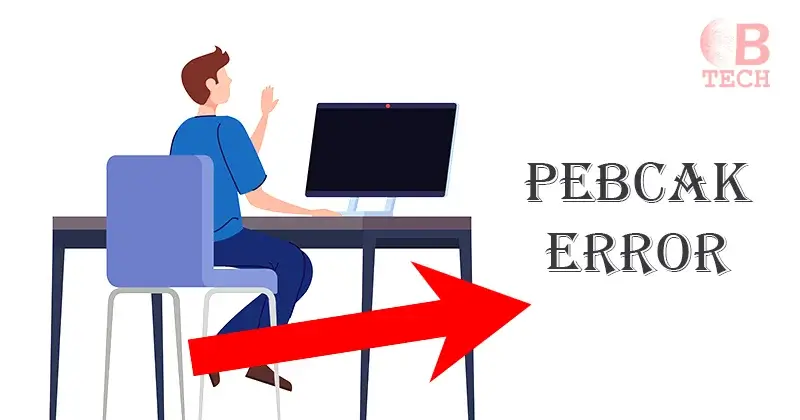With the proliferation of online business models, choosing the right one can be challenging. However, one model that has gained significant popularity in recent years is Pay Per Lead.
Why?
Because it’s highly profitable. Everyone needs leads, and if you can supply them, you stand to earn a substantial income.
In this post, we’ll delve into the world of pay per lead marketing and provide you with tips to maximize your earnings from every lead.
What Does ‘PPL’ Mean?
Pay per lead (PPL) is a form of affiliate marketing where an advertiser compensates an affiliate based on the number of leads they generate. A lead, in this context, refers to a potential customer who takes a specific action, such as signing up for a service or downloading software, but hasn’t made a purchase yet. The affiliate earns a commission for each successful lead they deliver to the advertiser.
What is a lead?
A lead is a collection of information or data about an individual that indicates their interest in making a purchase. The exact definition of a lead varies from business to business and depends on the specific needs of each company.
For example, a dentist might consider a lead to include the person’s name, verified phone number, email address, the date of their last dental appointment, and the type of dental work they are seeking.
On the other hand, a real estate agent might define a lead as someone’s name, verified phone number, email address, budget, and the type of house they are looking to buy.
The more relevant information a lead contains, the more valuable it is to the business. Leads can vary in quality, with some being basic and others being high-quality and ready for conversion into a sale.
This variability in lead quality is why not all leads are priced the same.
Pay Per Lead (PPL) Marketing: What Is It?
Pay per lead marketing is a type of marketing where a marketer earns a fixed payment for generating leads for a business. There are various channels through which leads can be generated, such as social media marketing, search engine marketing, SEO, and affiliate marketing.
Alternatively, leads can be purchased directly, similar to buying an email list. In this case, a fixed price is paid for a certain number of leads, which can then be further qualified and segmented based on the available data.
The choice of method depends on the marketer’s skills, knowledge, and internal structure. For example, a dentist may prefer to buy leads from a lead generation service rather than using other marketing channels, which they may not be familiar with.
Different paid marketing methodologies can be used, each offering increasing levels of pay per lead arrangements.
Here’s an overview of various paid marketing methodologies, their explanations, technical setup requirements, potential costs, and risk levels for businesses:
- Pay per Impression: Businesses pay for each impression made by an ad, which is the number of times an ad is shown to a user. This method requires integration with an ad platform and landing pages. The potential cost is low, but there is a high risk for the business.
- Pay per Click: Businesses pay for each click made on an ad, which is the number of times a user clicks on an ad. This method also requires integration with an ad platform and landing pages. The potential cost is low to medium, and the risk level is medium.
- Pay per Lead: Businesses pay for each lead generated by a campaign, where leads are potential customers who have shown interest in the products or services. This method requires integration with an ad platform, landing pages, and CRM integration. The potential cost is low to medium, and the risk level is low.
- Pay per Call: Businesses pay for each call made to a tracking phone number generated by a campaign, which is an interaction between a potential customer and the business over the phone. This method requires integration with an ad platform, landing pages, CRM integration, and call tracking. The potential cost is low to medium, and the risk level is low.
- Pay per Appointment: Businesses pay for each appointment scheduled with a potential customer generated by a campaign, which are face-to-face meetings. This method requires integration with an ad platform, landing pages, scheduling software, and CRM integration. The potential cost is low to medium, and the risk level is low.
- Pay per Customer: Businesses pay for each customer acquired generated by a campaign, where customers are individuals who have purchased products or services. This method requires integration with an ad platform, landing pages, and CRM integration. The potential cost is low to medium, and the risk level is low.
- Pay per Sale (Commission): Businesses pay a commission for each sale made generated by a campaign, which are completed transactions between a customer and the business. This method requires integration with an ad platform, landing pages, payment processing, and CRM integration. The potential cost is low, and the risk level is low.
- Backend Revenue Share for a Period: Businesses pay a percentage of revenue generated by a customer acquired through a campaign over a specified period. This method requires integration with an ad platform, landing pages, and CRM integration. The potential cost is low to medium, and the risk level is low.
- Backend Revenue Share in Perpetuity: Businesses pay a percentage of revenue generated by a customer acquired through a campaign for the lifetime of the customer. This method requires integration with an ad platform, landing pages, and CRM integration. The potential cost is low to medium, and the risk level is low.
PPL vs. PPC vs. CPA
Pay per lead (PPL), pay per click (PPC), and cost per action (CPA) are different advertising models you can choose from, each with its own characteristics.
- PPC: Pay per click involves paying for each click on your ad. These ads are typically displayed at the top of search engine results, like Google. With PPC, you pay for clicks regardless of whether they result in a lead or not.
- CPA: Cost per action requires you to pay a fixed rate for a specific action, such as a registration or purchase, typically within an app or software. Unlike PPL, there’s no guarantee of obtaining lead information with CPA.
- PPL: Pay per lead advertising focuses on generating leads through ads. For example, you can use PPC ads on Google or social media ads to attract potential leads. Once a lead clicks on your ad, you collect the necessary information. This can also be achieved through lead magnets, like downloadable resources.
Real-time Example
Imagine you’re running an ad campaign for a repayment program. A potential lead clicks on your Google ad to learn more and fills out a form with their information. This information helps you determine the best repayment program for them.
In summary, while PPC focuses on clicks and CPA on actions, PPL ensures you get lead information from your advertising efforts.
SEO Pay Per Lead
Using SEO to generate leads can be challenging but rewarding. It involves creating an SEO strategy, producing blog posts, and aiming to rank at the top of search engine results pages (SERPs).
For example, let’s say you rank your website at the top spot on Google’s results page. A potential lead searches for information related to your business, clicks on your page, fills out a form, and receives a lead magnet in return.
In this way, SEO can help attract potential leads who are actively searching for information related to your products or services.
Explains Pay Per Lead
Pay per lead (PPL) is a payment model used in online marketing where affiliates or agents are compensated for each lead they generate that meets certain criteria set by the advertiser. These criteria are outlined in the affiliate agreement and often include actions like signing up for an account, subscribing to a newsletter, or downloading software.
Leads are evaluated based on their quality and likelihood of becoming paying customers. However, PPL is sometimes criticized for incentivizing dishonest behavior among affiliates who may resort to questionable tactics to generate more leads and earn higher payouts. This can result in the creation of weak or even fabricated leads, which can be detrimental to both advertisers and affiliates.
To improve lead quality and optimize sales processes, it’s important to use customer relationship management (CRM) apps in conjunction with PPL strategies. These apps offer features like email marketing campaigns and sales pipeline management, which can help convert leads into paying customers more effectively.
Tip: While doing email marketing, you should be familiar with email blast.
FAQs
What is pay per lead?
Pay per lead (PPL) is a type of affiliate marketing where agents are rewarded for every lead they generate, such as sign-ups, free trials, or software downloads. Companies need to decide if this method fits their needs, as the cost varies based on lead quality, industry, and budget.
What does it mean to pay for leads?
Pay per lead (PPL) is a type of affiliate marketing program where a marketer or advertiser pays an affiliate according to the number of converted leads that they produce for the advertiser.
How much should I pay per lead?
It depends on your industry, but overall, a good cost per lead is just as much (or ideally less) than your gross profit per sale. So, for example, if getting a sale gives you a total amount of money of $100 after your total costs and expenses, your cost per lead should be $100 or under.
Is pay per lead legit?
Yes, the pay per lead affiliate program is a legitimate means of making money. In a pay per lead affiliate program, you earn a commission for generating leads or potential customers for a business.
How do I start pay per lead?
To start pay per lead advertising, you need to define your target audience, choose a Pay-Per-Lead platform, craft compelling ads, optimize landing pages and forms, set criteria for quality leads, and then receive qualified leads. It’s also important to set your budget and track your expenses.
What are the benefits of pay per lead?
The benefits of pay per lead include automating your lead generation, allowing your sales team to focus on conversion rates. If you have a great sales team, pay per lead can be a very cost-effective form of marketing and improving your customer acquisition.
What is the difference between pay per click and pay per lead?
The structure of a pay per lead campaign isn’t that different from a pay per click campaign. The difference is that with pay per lead, you are working with a referral partner (the advertiser of the campaign) to generate leads.
Is pay-per-click profitable?
Yes, pay per click (PPC) advertising is one of the most popular and effective methods for generating revenue from your website. It offers a win-win scenario for both website owners and advertisers, as it allows website owners to monetize their content while advertisers get targeted exposure.
Is pay-per-click good or bad?
The benefits of running PPC advertising include being cost-effective and targeted. You only pay when a user reaches your website, and you can choose your audience according to demographics like location, language, and device.
Which is better, pay-per-click or SEO?
PPC ads let you reach customers more immediately and customize your campaign on the fly. If your goal is to drive traffic to your site in the short term, you might choose to focus on PPC ads. If you want to enhance your business’s online presence in the long run, SEO is the answer.



